Home>Dining>Tableware>What Is The Best Wood For A Dining Table?
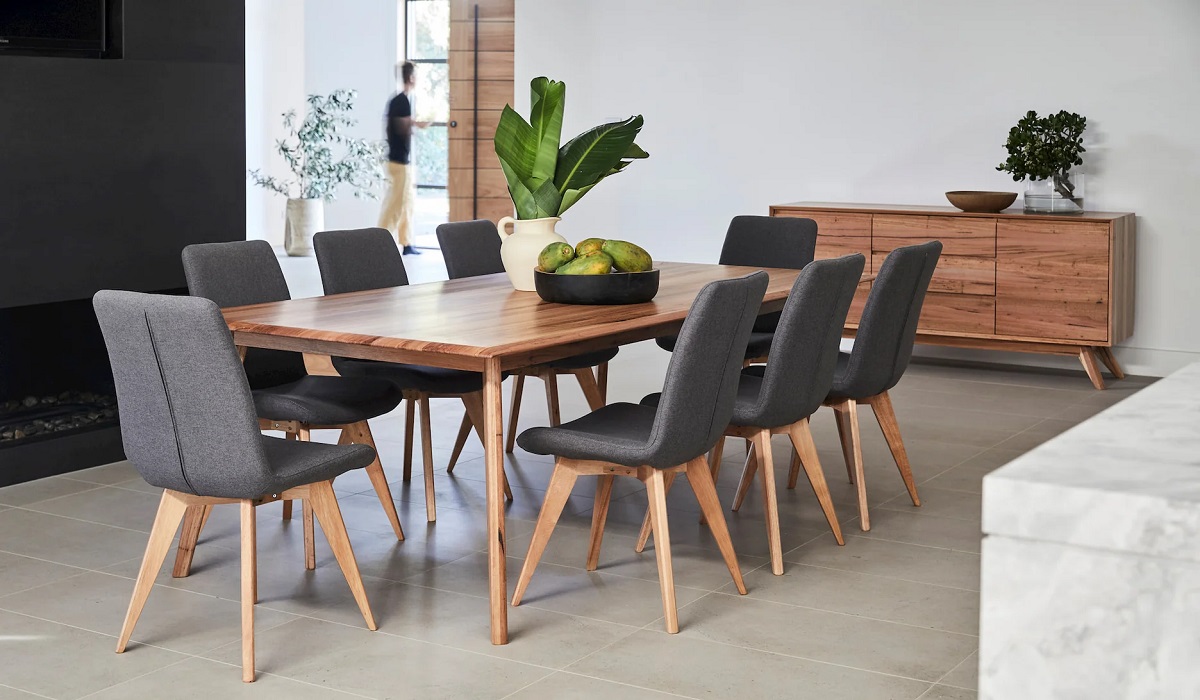

Tableware
What Is The Best Wood For A Dining Table?
Modified: February 26, 2024
Looking for the best wood for a dining table? Discover the perfect tableware options for your home with our comprehensive guide.
(Many of the links in this article redirect to a specific reviewed product. Your purchase of these products through affiliate links helps to generate commission for Storables.com, at no extra cost. Learn more)
Introduction
When it comes to choosing the best wood for a dining table, there are several factors to consider. The type of wood you select can greatly impact the overall aesthetics, durability, and functionality of your table. From classic hardwoods to exotic options, each wood variety has its own unique characteristics that make it suitable for different tastes and needs.
In this article, we will explore the top wood choices for dining tables and discuss their features, strengths, and weaknesses. Whether you prefer a traditional look or a contemporary style, understanding the qualities of various woods will help you make an informed decision.
Before delving into specific wood options, it’s important to consider a few key factors:
- Style and Aesthetics: Choosing a wood that complements your existing décor or desired style is crucial. The color, grain pattern, and texture of the wood can significantly impact the overall look of your dining table.
- Durability: Dining tables are subjected to daily wear and tear, so selecting a durable wood that can withstand the test of time is important. Consider factors such as resistance to scratches, stains, and moisture.
- Maintenance: Some woods require more upkeep than others. Consider how much time and effort you are willing to invest in maintaining the appearance of your dining table.
- Budget: Different wood varieties come at various price points. Setting a budget beforehand will help narrow down your options.
Now, let’s explore the top wood choices for a dining table:
Key Takeaways:
- Choose oak for timeless charm and durability, walnut for luxury and natural aging, or maple for modern elegance. Each wood brings unique beauty and practicality to your dining table, enhancing your dining experience for years to come.
- Consider mahogany for timeless elegance, cherry for rich warmth, or teak for durability and versatility. Select a wood that reflects your style and practical needs, creating a stunning centerpiece for your dining room.
Read more: What Wood Is Best For A Dining Table
Factors to Consider
Before diving into the specific wood options for a dining table, it’s important to consider a few key factors that will help guide your decision. Taking these factors into account will ensure that you choose the best wood that suits your preferences and meets your practical needs.
1. Style and Aesthetics: The first factor to consider is the style and aesthetics of your dining table. Think about the overall look and feel you want to achieve in your dining room. Do you prefer a rustic, farmhouse-style table or a sleek, modern design? Different wood types have distinct colors, grain patterns, and textures that can contribute to the overall style of your table.
2. Durability: Dining tables are heavily used and are prone to scratches, spills, and everyday wear and tear. Therefore, it’s essential to choose a wood with excellent durability. Hardwood options such as oak, maple, and walnut are known for their strength and resilience, making them ideal choices for a sturdy and long-lasting dining table.
3. Maintenance: Consider the amount of time and effort you are willing to invest in maintaining your dining table. Some woods require regular maintenance, such as oiling or waxing, to preserve their appearance and protect them from moisture and stains. If you prefer a low-maintenance option, consider woods like teak or mahogany, which are naturally resistant to rot and require minimal upkeep.
4. Budget: The cost of different wood types can vary significantly. It’s essential to determine your budget beforehand to ensure you can find a wood that meets your financial constraints. Keep in mind that rare or exotic wood options are typically more expensive, while more widely available options like oak or maple offer a good balance between affordability and quality.
Now that you have a better understanding of the factors to consider, let’s explore some of the best wood choices for a dining table and their unique features.
Hardwood
When it comes to durability and longevity, hardwood is an excellent choice for a dining table. Hardwood is known for its strength and resistance to wear and tear, making it a reliable option for a table that will be used frequently.
Hardwood varieties such as oak, walnut, maple, cherry, and mahogany are popular choices for dining tables due to their durability and beautiful appearance.
Oak: Oak is a classic hardwood known for its strength and durability. It has a distinctive grain pattern and comes in various shades, including light oak and dark oak. Oak is highly resistant to moisture and is capable of withstanding heavy use, making it a popular choice for families.
Walnut: Walnut is a luxurious and versatile hardwood known for its rich, dark brown color and beautiful grain patterns. It adds an elegant touch to any dining room and is resistant to warping and shrinking. Walnut dining tables are prized for their beauty and natural luster.
Maple: Maple is a strong and dense hardwood that offers exceptional durability. It has a light, creamy color with a subtle grain pattern. Maple dining tables are highly resistant to scratches and dents, making them suitable for busy households. They can be finished with various stains to achieve different looks.
Cherry: Cherrywood is prized for its warm, reddish-brown hue and smooth grain patterns. It darkens naturally over time, creating a richer color with a beautiful patina. Cherrywood dining tables exude elegance and sophistication, perfect for formal dining rooms.
Mahogany: Mahogany is a luxurious hardwood known for its rich reddish-brown color and straight, even grain. It is highly durable and resistant to moisture and insects. A mahogany dining table brings a touch of timeless elegance and sophistication to any space.
When considering hardwood for your dining table, keep in mind that it may require occasional maintenance, such as polishing or refinishing, to maintain its beauty and protect it from damage.
Now that we’ve explored hardwood as a top choice, let’s move on to another popular wood option for dining tables: oak.
Oak
Oak is one of the most popular choices for dining tables due to its timeless appeal and exceptional durability. It is a hardwood that is known for its strength, making it a reliable option for furniture that will withstand heavy use.
There are two main types of oak commonly used for dining tables: red oak and white oak. Both varieties share similar characteristics, but each has its own unique qualities.
Red Oak: Red oak has a warm reddish-brown color with a distinct grain pattern consisting of prominent rays and flecks. It is highly durable and resistant to scratches and dents, making it suitable for families with young children or those who entertain frequently. Red oak dining tables have a traditional and classic look that can complement various interior design styles.
White Oak: White oak has a light to medium brown color with a subtle grain pattern. It is known for its strength and resistance to warping, which makes it an ideal choice for dining tables that need to withstand different climate conditions. White oak dining tables have a more contemporary and sleek appearance compared to red oak, making them versatile and suitable for modern or transitional dining spaces.
In addition to its durability, oak is known for its natural beauty and ability to age gracefully. Over time, oak develops a rich patina that adds character and enhances its charm. This makes oak dining tables a long-term investment, as they can retain their appeal for many years.
Furthermore, oak is relatively easy to maintain. Regular dusting and occasional waxing or oiling can help preserve its shine and protect it from stains. Oak dining tables are also less prone to water damage and can withstand spills if wiped up promptly.
Whether you prefer the warm tones of red oak or the lighter hues of white oak, choosing oak for your dining table ensures both style and durability. It is a classic choice that can seamlessly blend with various decor styles and withstand the test of time.
Now that we’ve explored oak as a top choice, let’s move on to another popular wood option for dining tables: walnut.
Walnut
Walnut is a highly prized hardwood known for its rich, dark brown color and beautiful grain patterns. It is a popular choice for dining tables due to its luxurious appearance and natural durability.
One of the standout features of walnut is its stunning grain patterns. The grain can vary from straight to wavy, creating a visually captivating and unique look on the surface of the table. The color of walnut can range from light to dark brown, with some boards even displaying streaks of purple or reddish hues. This natural variation adds to the allure and charm of a walnut dining table.
In addition to its aesthetic appeal, walnut is also known for its strength and durability. It has a dense and stable structure, making it resistant to warping and shrinking. This makes walnut dining tables a reliable choice that can withstand the daily rigors of use, ensuring they will last for generations.
One of the key factors that sets walnut apart from other woods is its ability to age gracefully. Over time, walnut develops a deeper and richer patina, enhancing its natural beauty. This aging process only adds to the character and value of the table, making it a cherished heirloom piece.
When it comes to maintenance, walnut dining tables are relatively easy to care for. Regular dusting and occasional polishing with a furniture polish specifically formulated for wood can help maintain its shine and protect it from scratches. It’s important to avoid using harsh cleaning agents or excessive moisture on the surface, as walnut is sensitive to water damage.
Walnut dining tables are often favored in both traditional and modern interior design styles. The dark, rich color of walnut can provide a bold contrast against lighter decor elements, creating a striking focal point in the dining room. They can also be paired with various upholstery colors and materials, allowing for versatility in styling options.
Overall, if you are looking for a wood that exudes elegance and adds a touch of sophistication to your dining space, walnut is an excellent choice. Its exceptional beauty, durability, and natural aging process make it a worthwhile investment that will be cherished for years to come.
Now that we’ve explored walnut as a popular choice, let’s move on to another wood option for dining tables: maple.
When choosing wood for a dining table, consider hardwoods like oak, maple, cherry, or walnut for their durability and beautiful grain. Avoid softwoods like pine, as they may not hold up as well to daily use.
Read more: What To Clean A Wood Dining Table With
Maple
Maple is a versatile hardwood that is often chosen for its durability and light, creamy color. It is a popular option for dining tables due to its clean and modern aesthetic, making it suitable for a wide range of interior styles.
One of the key features of maple is its exceptional durability. It is a dense hardwood that is known for its strength and resistance to scratches and dents. This makes maple dining tables ideal for households with children or for those who frequently entertain guests.
In addition to its durability, maple has a smooth and even grain pattern that adds to its visual appeal. The grain can range from subtle to more pronounced, creating a sense of depth on the surface of the table. Maple is also known for its light, creamy color, which can range from pale yellow to a slightly reddish hue.
One of the advantages of maple is its versatility in terms of finishing options. It can be stained in various shades, allowing you to customize the color to match your desired aesthetic. From lighter natural finishes to darker tones, maple can be transformed to suit your personal style and complement your dining room decor.
Maple dining tables are relatively easy to maintain. Regular dusting and occasional cleaning with a mild soap and water solution are usually sufficient to keep the table looking its best. It is important to avoid using harsh chemicals or abrasive cleaners, as they can damage the surface of the wood.
Due to its light color and clean appearance, maple dining tables work well in modern and contemporary settings. They can create a bright and airy atmosphere in the dining room, particularly when paired with lighter-colored chairs and accessories. However, maple can also provide a beautiful contrast against darker decor elements, adding an element of sophistication to the space.
Overall, maple is a popular choice for those seeking a durable and visually appealing wood for their dining table. Its versatility, light color, and resistance to wear make it a practical and stylish option for various home styles and lifestyles.
Now that we’ve explored maple as a top choice, let’s move on to another popular wood option for dining tables: cherry.
Cherry
Cherrywood is a highly sought-after hardwood known for its rich, reddish-brown color and smooth grain patterns. It is a popular choice for dining tables due to its natural beauty and elegant appearance.
One of the standout features of cherrywood is its stunning color. Freshly cut cherrywood starts with a light pinkish hue, but as it ages and is exposed to light, it deepens into a rich, warm red-brown shade. This color transformation adds depth and character to the wood, making each cherry dining table truly unique.
In addition to its captivating color, cherrywood is known for its smooth and even grain patterns. It has a fine texture with occasional sapwood streaks that create a beautiful contrast against the darker heartwood. These grain patterns give cherrywood a refined and sophisticated look.
Cherrywood is prized for its ability to age gracefully. Over time, the color of the wood deepens, developing a rich patina that adds to its charm and elegance. This natural aging process not only enhances the beauty of the cherry dining table but also increases its value as a timeless piece of furniture.
When it comes to durability, cherrywood is considered a medium-density hardwood. While it is not as hard as some other options, it is still strong enough to withstand everyday use. However, it is important to take precautions to protect cherrywood dining tables from direct sunlight, as prolonged exposure can cause the color to fade.
In terms of maintenance, cherrywood dining tables require regular dusting and occasional polishing to maintain their luster. It is advisable to use a non-abrasive furniture polish specifically formulated for wood to protect the surface and enhance its natural beauty.
Cherrywood dining tables are commonly favored in traditional and formal dining rooms. Their warm, rich color and smooth grain patterns create an inviting and luxurious atmosphere. They can be paired with various chair styles and upholstery options, allowing for versatile styling possibilities.
Overall, cherrywood is an excellent choice for those seeking a dining table that combines beauty, elegance, and a touch of sophistication. Its natural color variations and graceful aging process make it a timeless investment that will be treasured for many years.
Now that we’ve explored cherrywood as a popular choice, let’s move on to another wood option for dining tables: mahogany.
Mahogany
Mahogany is a luxurious hardwood known for its rich, reddish-brown color and exquisite grain patterns. It is widely sought after for its durability, beauty, and timeless appeal, making it a popular choice for high-end dining tables.
One of the distinguishing features of mahogany is its stunning color. It ranges from a deep reddish-brown to a darker, more chocolatey shade, creating an elegant and warm ambiance in any dining room. The color deepens over time, developing a beautiful patina that adds to the wood’s allure.
Aside from its captivating color, mahogany is known for its straight and even grain patterns. The grain can vary from fine to medium, giving the wood a smooth and uniform appearance. This consistent grain structure adds to the sophistication and elegance of mahogany dining tables.
One of the standout qualities of mahogany is its exceptional durability. It is a dense hardwood that is resistant to warping, swelling, and rot, making it an excellent choice for a long-lasting dining table. Additionally, mahogany is highly resistant to pests and insects, adding to its overall durability.
Mahogany is also prized for its workability, making it a preferred choice for intricate detailing and fine craftsmanship. It is known to hold its shape well, allowing for the creation of beautifully carved legs, edges, and other decorative elements that enhance the overall aesthetic of the dining table.
When it comes to maintenance, mahogany dining tables are relatively low-maintenance. Regular dusting and occasional polishing with a furniture polish specifically designed for wood can help preserve its natural beauty. It is important to avoid excessive exposure to direct sunlight, as prolonged exposure can cause the color to fade over time.
Mahogany dining tables effortlessly exude elegance and sophistication, making them a perfect choice for luxurious and formal dining spaces. The rich color and fine grain create a sense of opulence and refinement, adding a touch of grandeur to any room.
Overall, mahogany is a top choice for those seeking a dining table that combines durability, timeless beauty, and an air of luxury. Its deep and rich color, along with its remarkable durability, make it a prized investment that will be cherished for generations.
Now that we’ve explored mahogany as a popular choice, let’s move on to another wood option for dining tables: teak.
Teak
Teak is an exceptional hardwood known for its natural beauty, durability, and resistance to the elements. It is an excellent choice for outdoor dining tables, as well as for indoor spaces that require a touch of elegance and strength.
One of the defining characteristics of teak is its warm golden-brown color. It has a natural richness that can vary from a lighter honey hue to a deeper amber tone. The color deepens and matures over time, adding to the wood’s charm and character.
Aside from its appealing color, teak is renowned for its remarkable durability. It contains natural oils and rubber that make it highly resistant to rot, pests, and moisture damage. This inherent resistance to decay makes teak a popular choice for outdoor and patio furniture.
Another distinctive feature of teak is its unique grain pattern. It has a straight grain that is occasionally interrupted by interlocking patterns, giving it a visually interesting and appealing appearance. The grain can range from fine to coarse, adding texture to the surface of the dining table.
In addition to its natural durability, teak is highly valued for its low maintenance requirements. The oils present in teak wood act as a natural preservative, protecting it from drying out and keeping it resistant to cracking and splitting. Regular cleaning with mild soap and water is usually sufficient to maintain its appearance.
Teak dining tables are known for their versatility in design, as they can effortlessly blend with various styles. Whether it’s a contemporary, rustic, or tropical-themed space, teak can complement and enhance the overall aesthetic. It can be paired with a range of chair styles and upholstery options, allowing for flexibility in creating a personalized dining area.
Moreover, teak is a sustainable and eco-friendly choice. It is harvested from teak plantations that promote responsible forest management and replanting efforts, ensuring a continuous supply of this valuable hardwood.
In summary, teak is an excellent choice for those seeking a durable, low-maintenance wood for their dining table. Its natural beauty, resistance to the elements, and versatility make it a top choice for both indoor and outdoor dining spaces.
Now that we’ve explored the top wood choices for a dining table, it’s time to make your decision based on your style preferences, desired durability, and maintenance needs. Whether you opt for the timeless elegance of oak, the luxurious warmth of walnut, the clean and modern appeal of maple, the rich beauty of cherry, the sophistication of mahogany, or the weather-resistant qualities of teak, you’re sure to find a wood that will create a stunning centerpiece for your dining room.
Conclusion
Choosing the best wood for a dining table is a decision that should be based on a combination of factors such as style, durability, maintenance, and budget. The wood you select will greatly impact the overall look, feel, and functionality of your dining space.
Hardwoods like oak, walnut, maple, cherry, mahogany, and teak are all excellent choices for dining tables, each with its own unique qualities and characteristics. Oak and walnut offer exceptional durability, while maple and cherry bring their distinct colors and grain patterns to the table. Mahogany exudes elegance and sophistication, and teak provides durability and resistance to outdoor environments.
Consider your personal style preferences, the level of durability required for your lifestyle, the maintenance you are willing to undertake, and your budget when making your decision. Keep in mind that each wood type has its own maintenance requirements and aging process that can enhance its beauty over time.
Additionally, it is important to pay attention to proper care and maintenance to prolong the life and beauty of your dining table. Regular dusting and occasional polishing or oiling can help maintain the wood’s luster and protect it from daily wear and tear.
Ultimately, choosing the best wood for your dining table is a personal decision that should reflect your unique style and practical needs. By considering the factors we discussed and exploring the characteristics of different wood types, you can select a dining table that not only enhances your dining experience but also becomes a cherished piece in your home for years to come.
So, whether you opt for the timeless charm of hardwood, the elegance of cherry or mahogany, the durability of oak or maple, or the weather resistance of teak, choose a wood that speaks to your aesthetic preferences and meets your practical requirements. Your dining table is a central piece in your home where priceless memories are made, so choose wisely and enjoy the beauty and functionality that the right wood can bring to your dining experience.
Frequently Asked Questions about What Is The Best Wood For A Dining Table?
Was this page helpful?
At Storables.com, we guarantee accurate and reliable information. Our content, validated by Expert Board Contributors, is crafted following stringent Editorial Policies. We're committed to providing you with well-researched, expert-backed insights for all your informational needs.
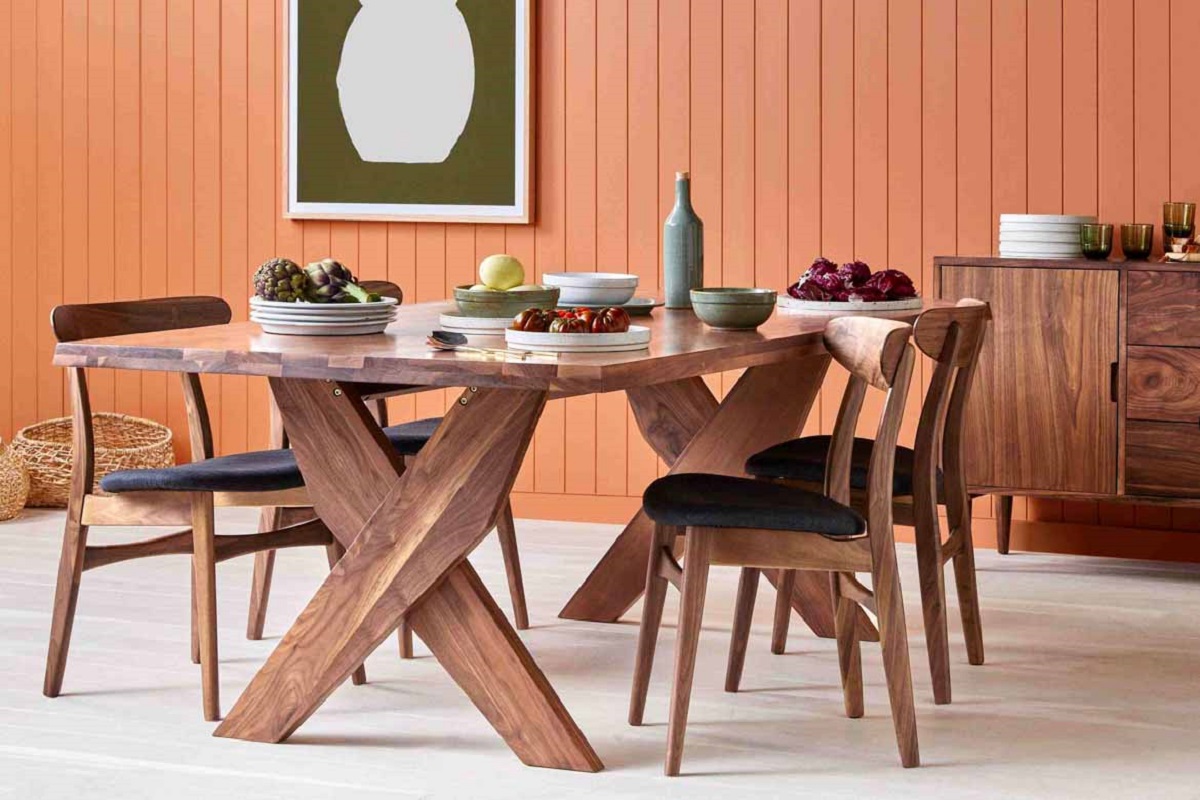
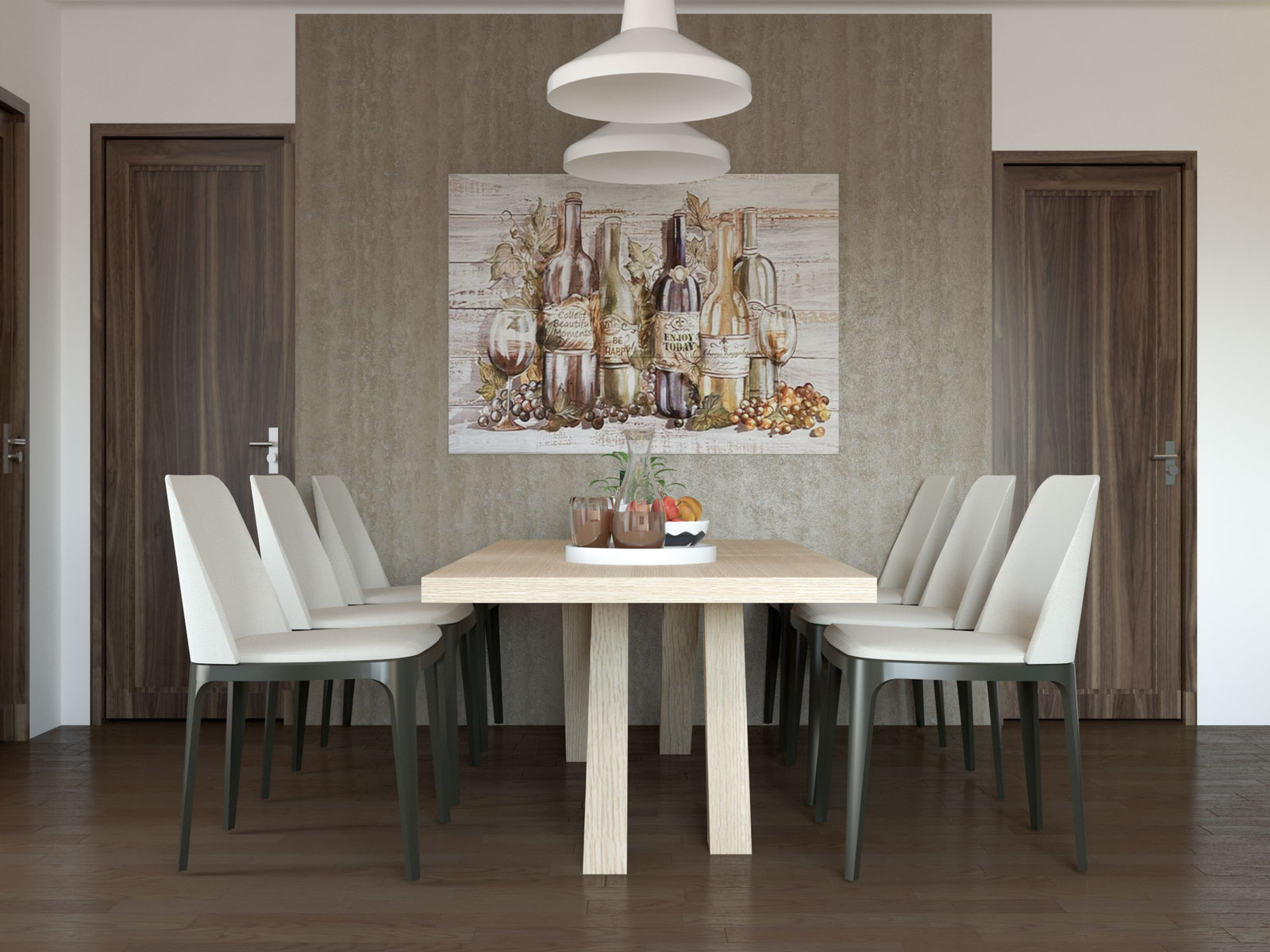
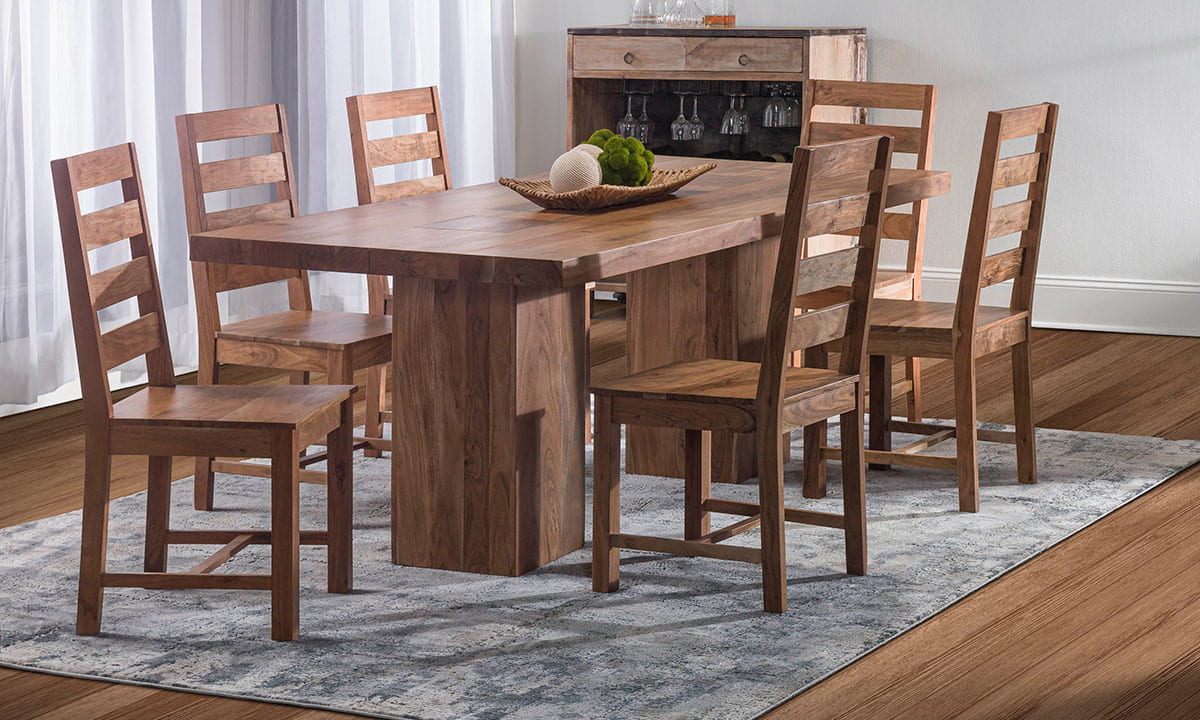
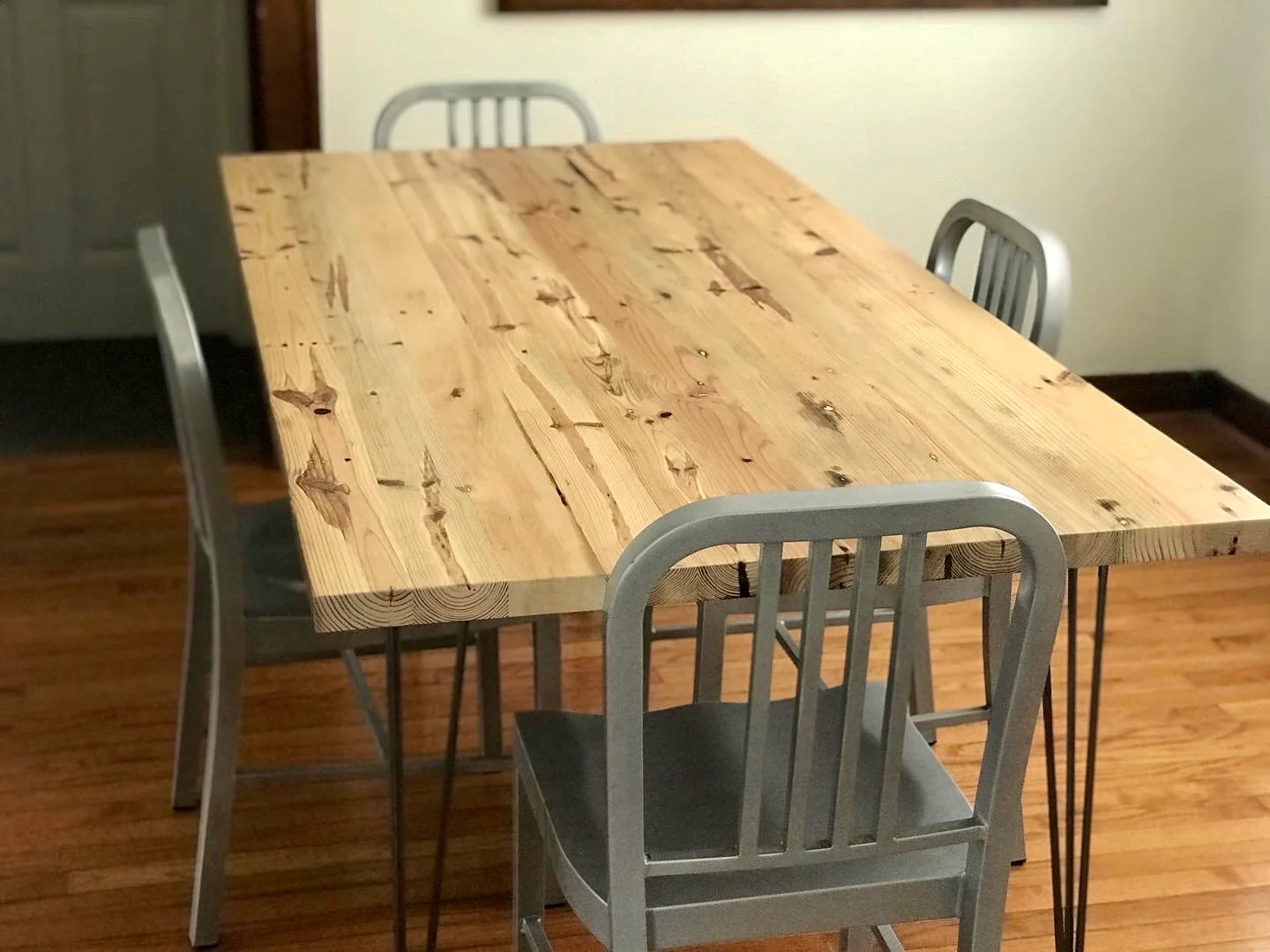
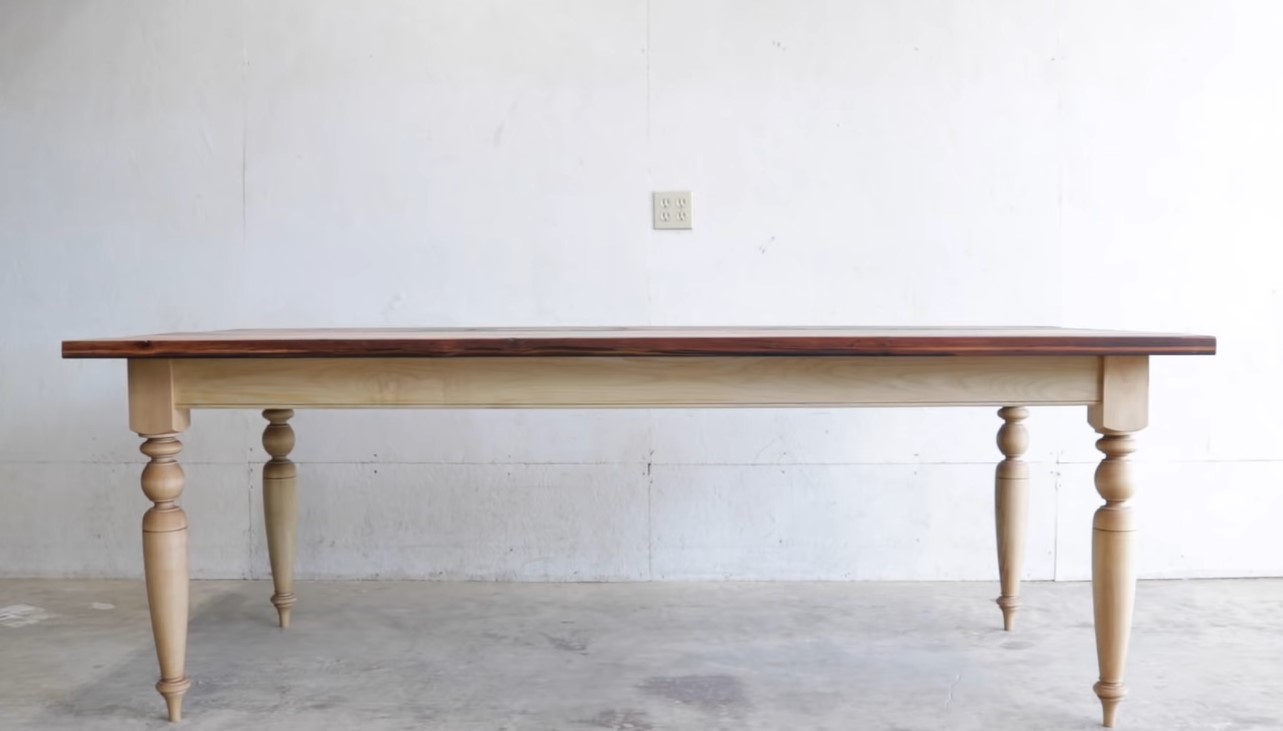
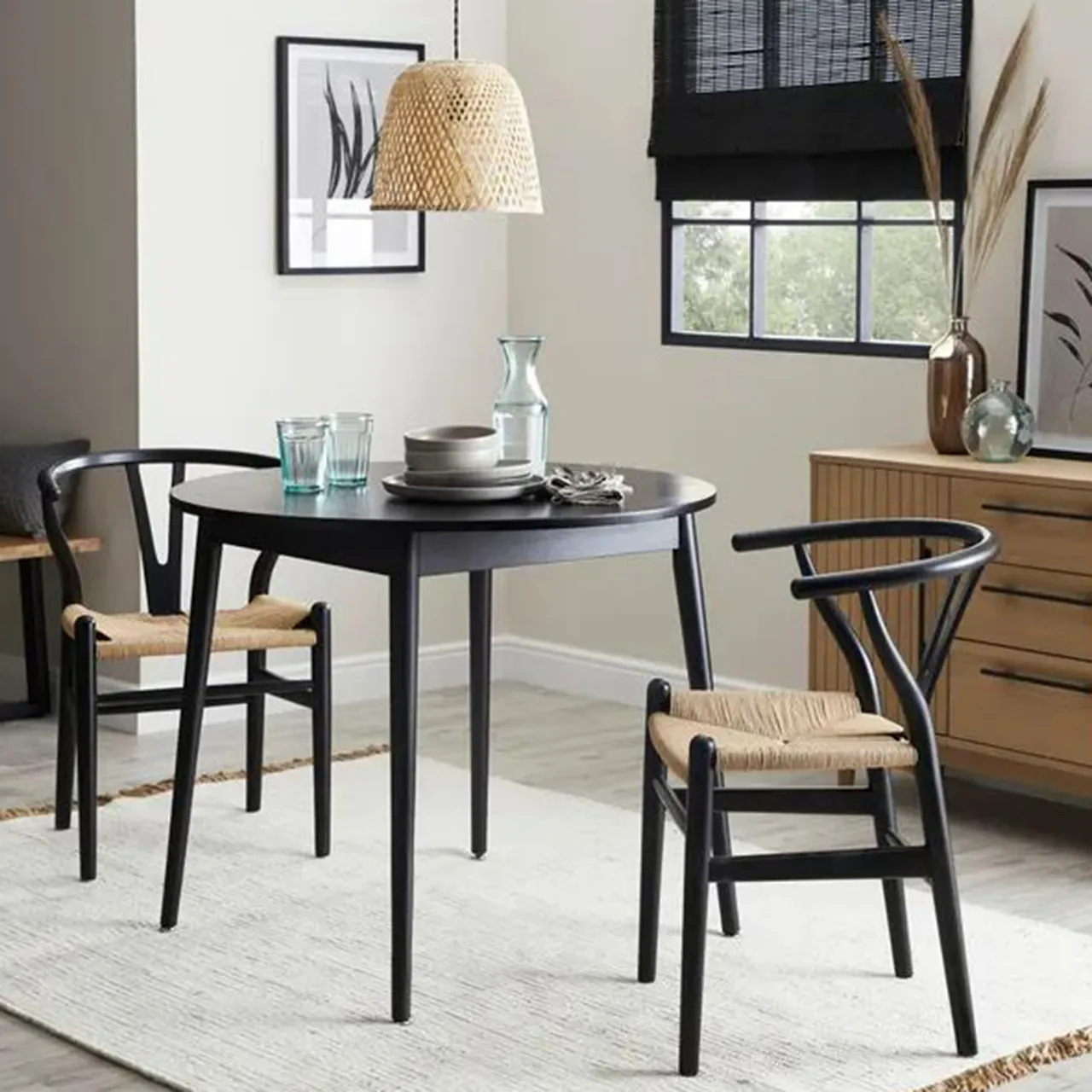

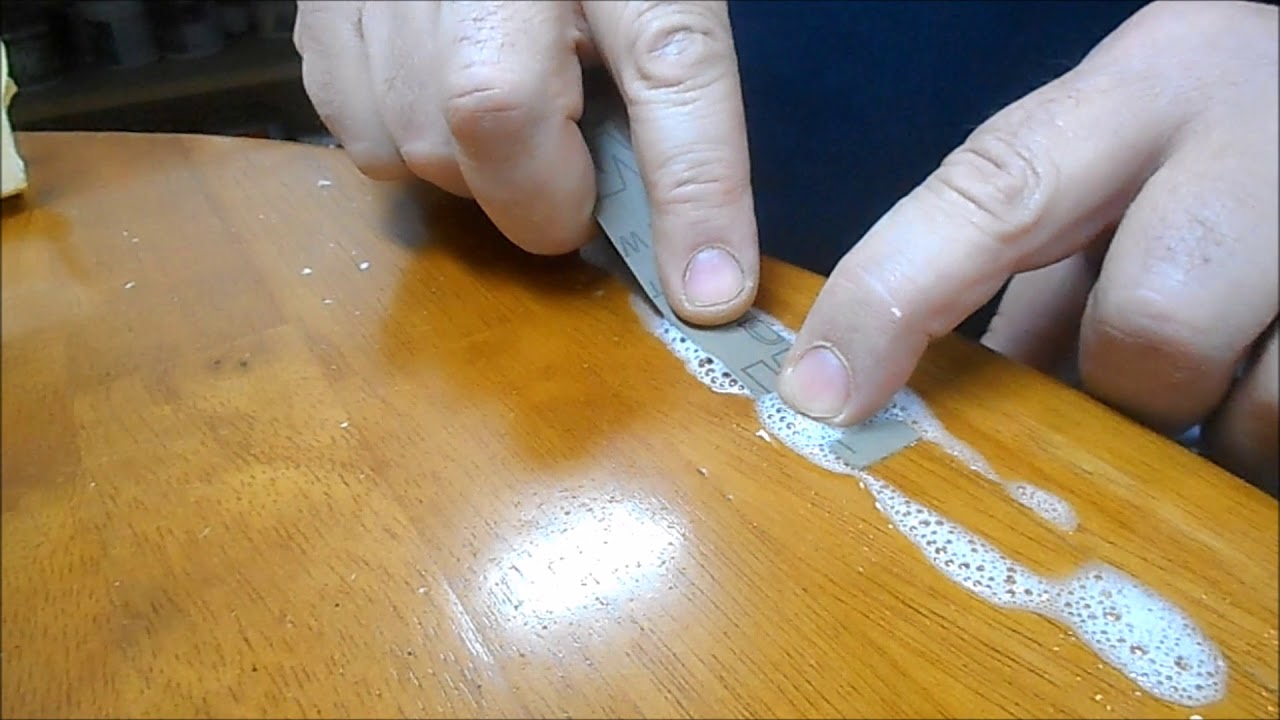
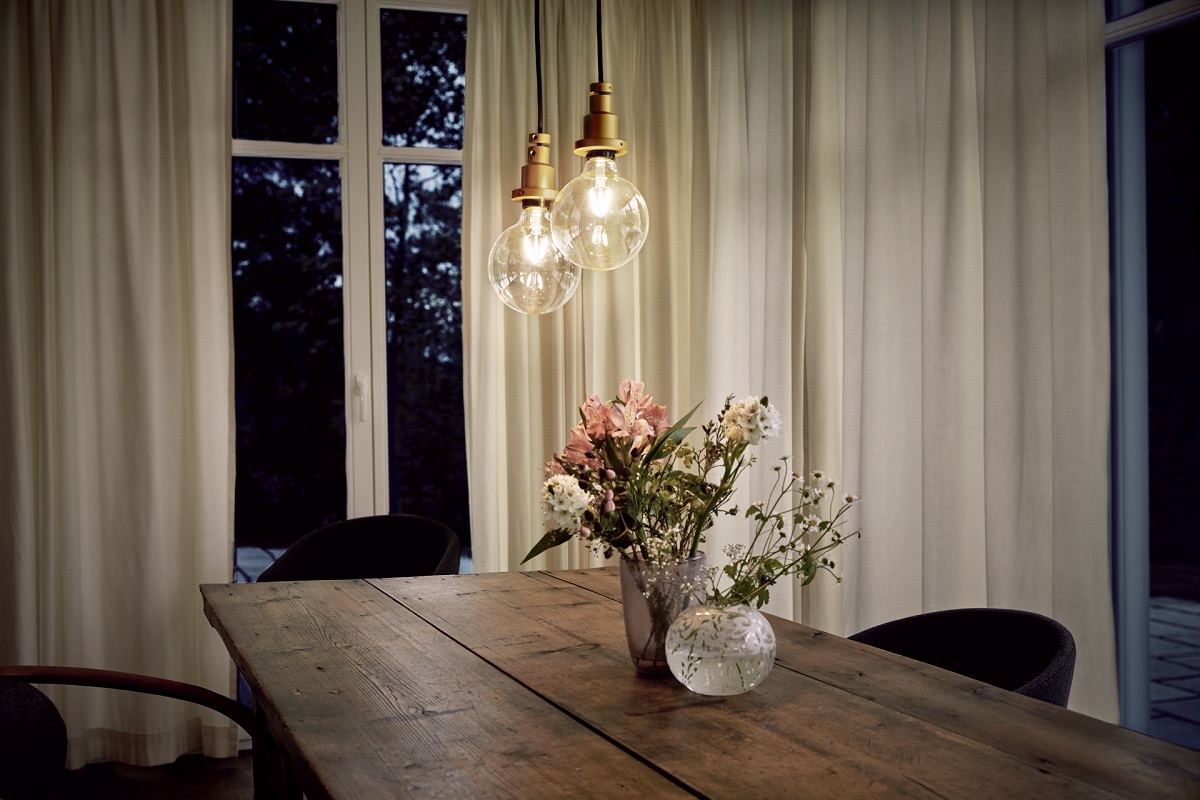
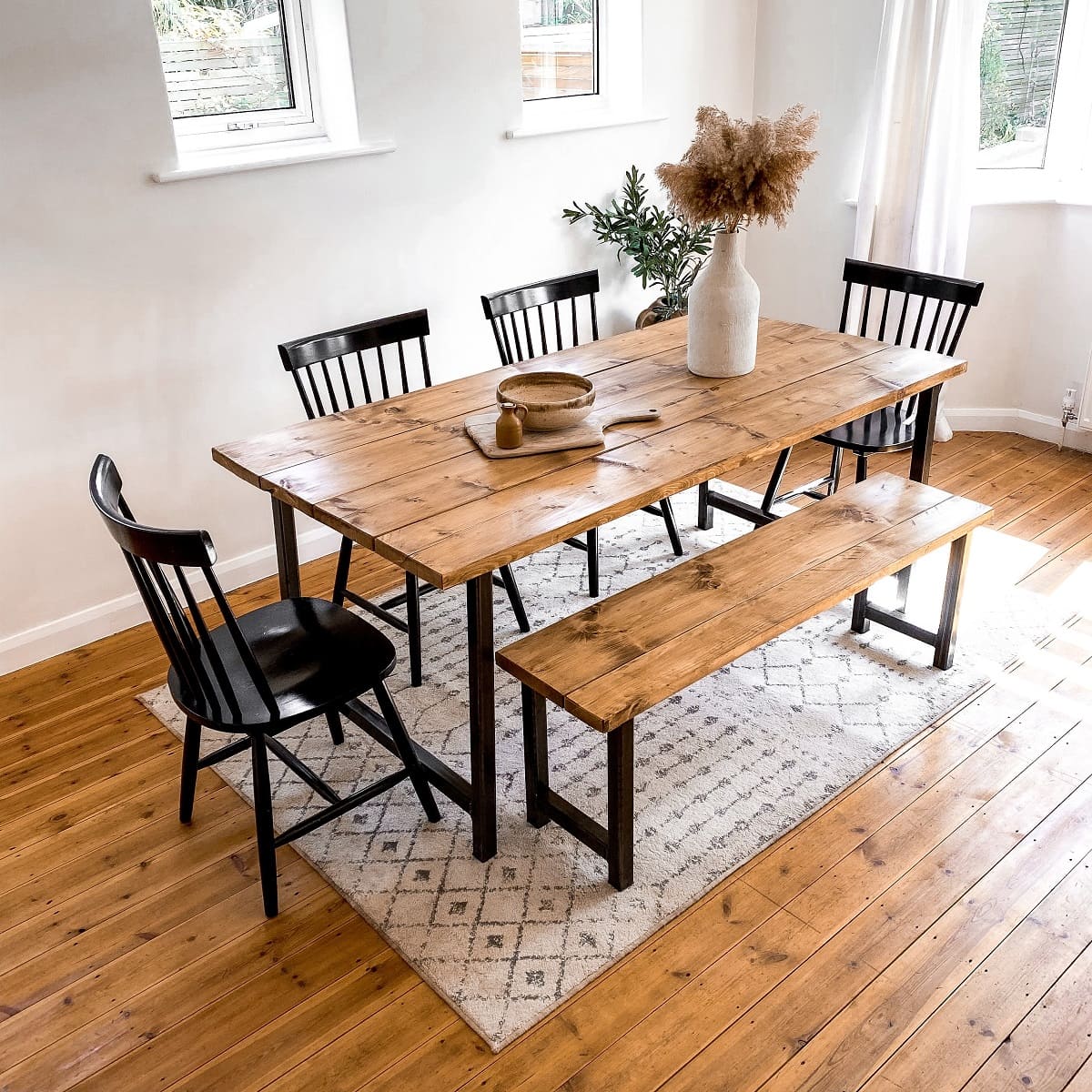
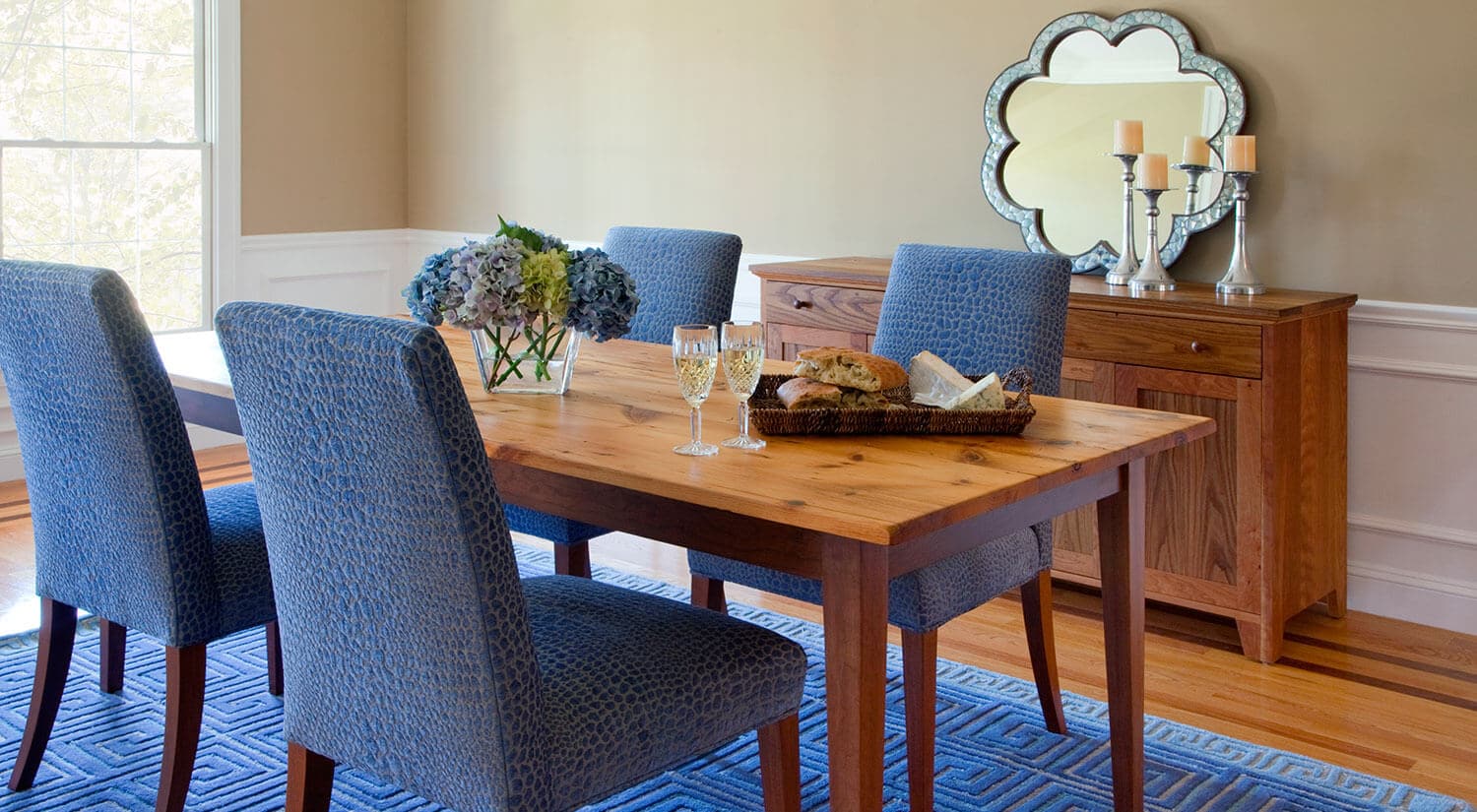
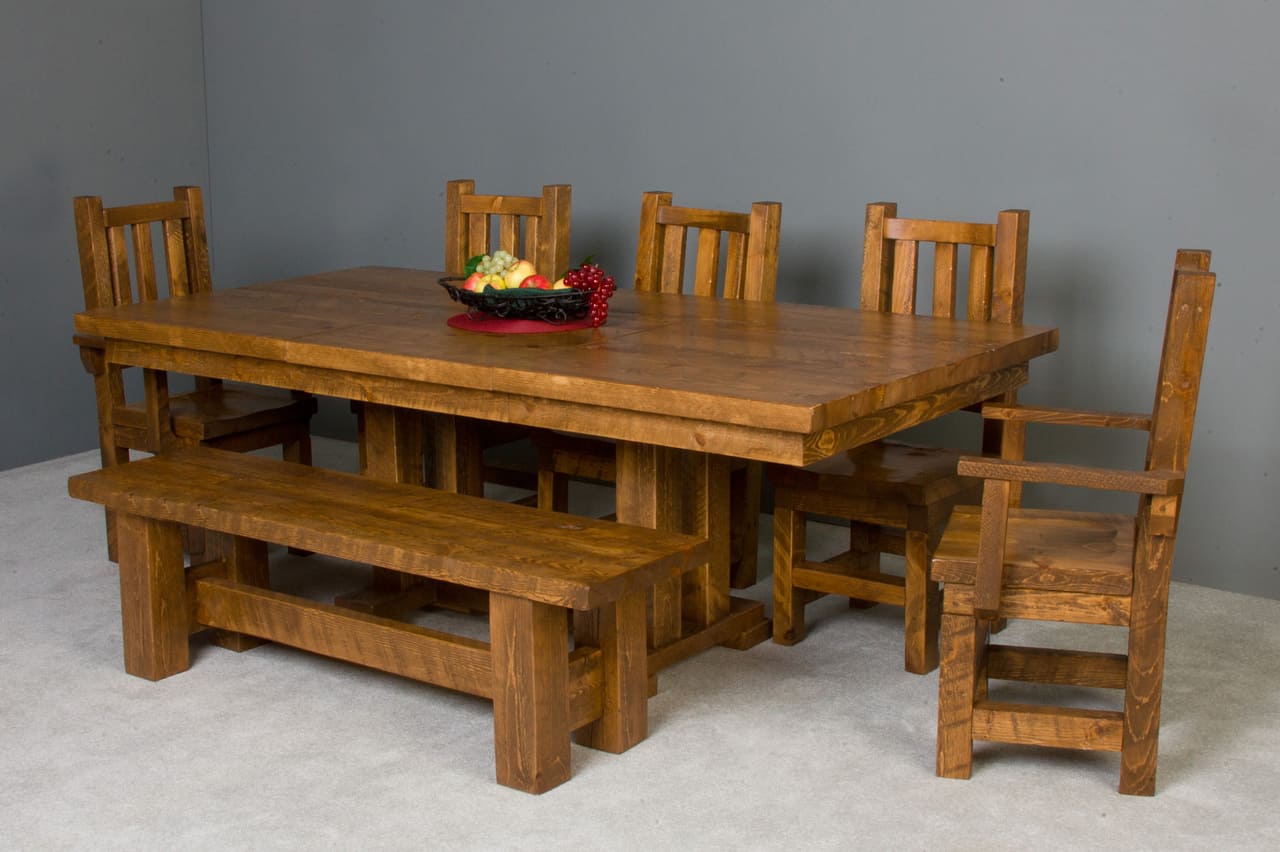
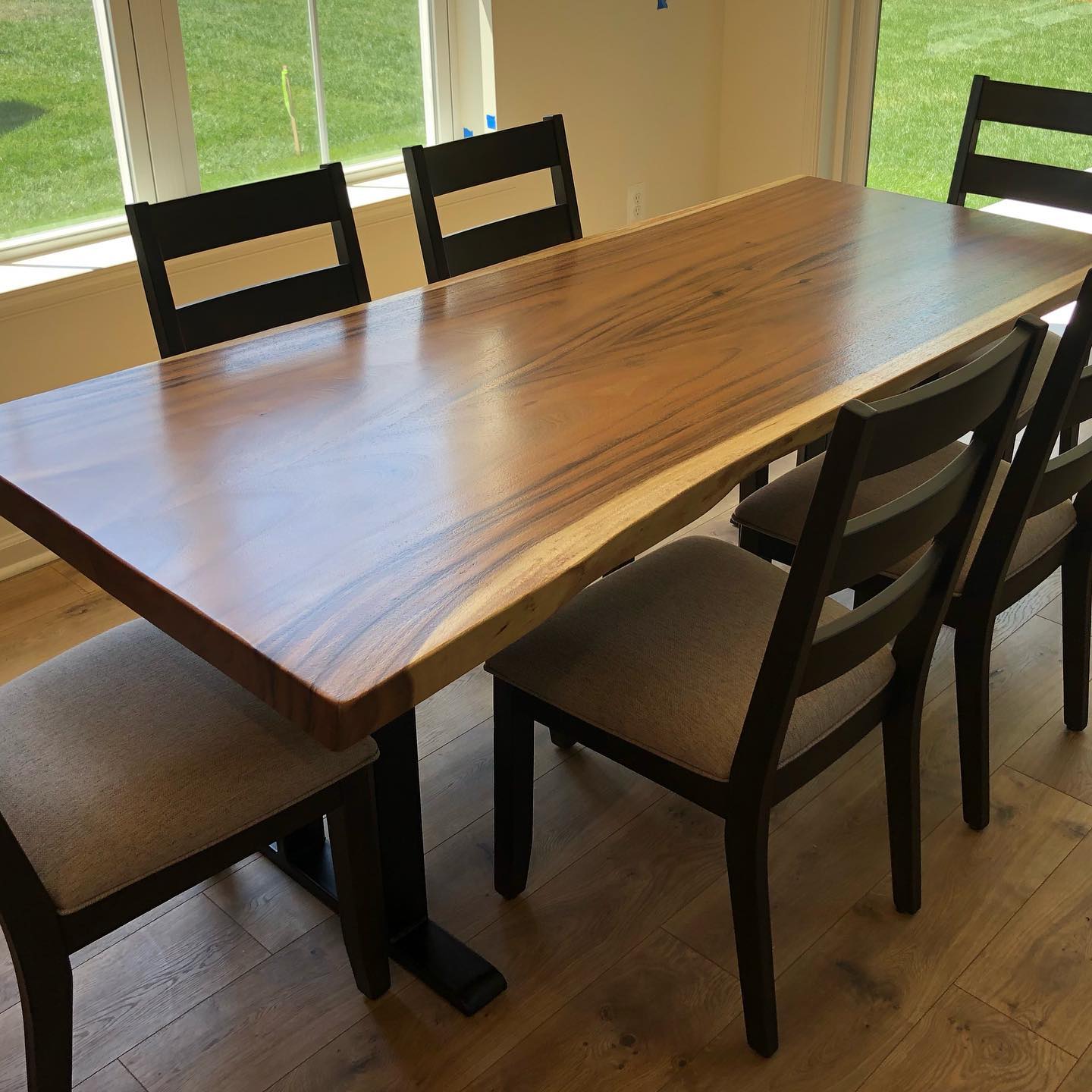

0 thoughts on “What Is The Best Wood For A Dining Table?”